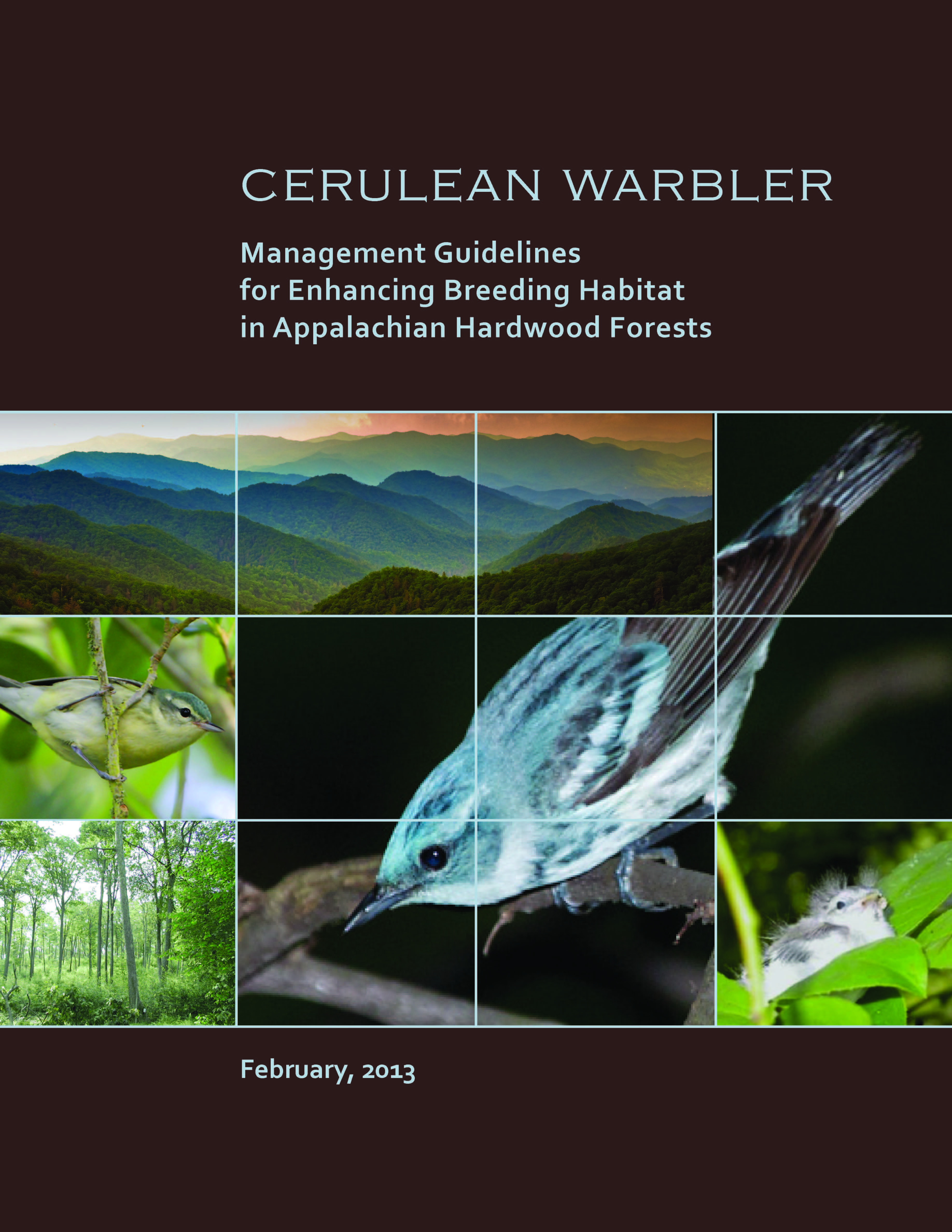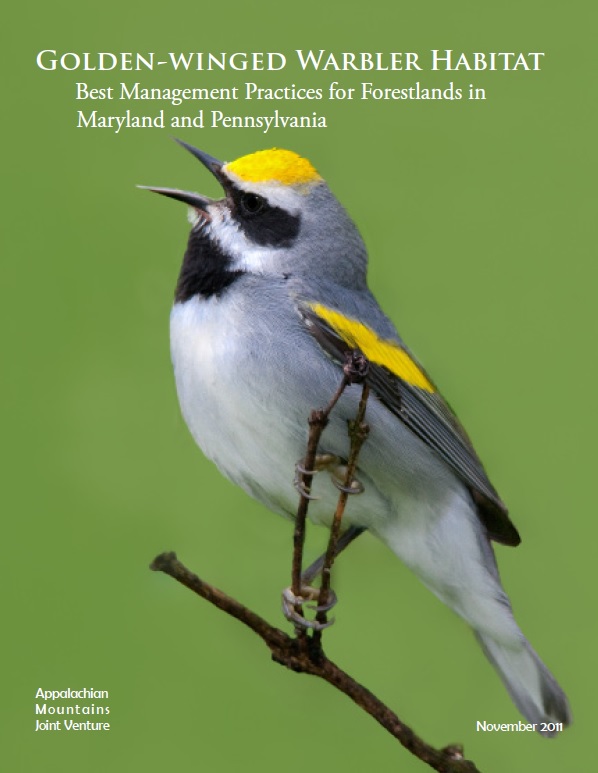The forests of the Appalachian Mountains stretch from northeastern Alabama and north Georgia to the central New York. The Appalachians are one of the most biologically diverse areas in North America, containing an array of forest types, including oak-hickory forests, northern hardwoods, spruce-fir stands at high elevations, and open pine communities. Wetland communities; glades, mountain-top balds, and other natural openings; cave and carst systems, and rivers and riparian communities add to the diversity of habitats found in the Appalachians.
These forests and habitats have changed drastically over the last two centuries due to the timber boom of the late 1800s and early 1900s, the increase and subsequent abandonment of farmland acreage from the mid-1900s through the 1980s, and extraction of fossil fuels. The natural processes, such as fire and grazing by bison and eastern woodland elk, that historically maintained a dynamic and resilient forest landscape across the Appalachians are now largely absent. The loss of these processes, coupled with the loss or severe reduction of several key tree species, such as American Chestnut and Eastern Hemlock, and additional stressors such as disease, insect pests, invasive species, over-browsing by deer, and continued energy development continue to alter the Appalachian landscape. While large tracts of forest once again cover much of the Appalachian region, the present-day dynamics that shape these forests are very different from what they were 200 years ago. The processes needed to maintain a dynamic, healthy forest that support thriving populations of birds and other wildlife have been severely altered or are non-existent.

A shelterwood style timber harvest that will benefit birds like Cerulean Warblers, Courtesy of Todd Fearer
While the structure and composition of forests during the time of pre-European settlement provide an important reference for ideal forest conditions now, the current forest landscape in much of the eastern U.S. has been severely altered, and this coupled with the increasing level of stressors present in the landscape makes fully retaining or restoring historic forest communities unrealistic. Conservation under current circumstances is about managing change, and forest conservation must be an adaptive, forward thinking, and pro-active process that seeks to maximize our contribution to conservation and prevent species loss in an ever-changing landscape.
These factors necessitate a comprehensive approach for forest conservation in the Appalachians that includes a range of strategies, such as active forest management, restoration, and protection.
There are a number of forces in that create diversity in stand age and structure of eastern forests, including active forest management and timber harvesting. Considerable research has been completed over the past couple of decades confirming the benefits of sustainable, science-based active forest management to forest health as well as birds and other wildlife. The AMJV and our partners utilize sustainable forest management based on the best available science that aims to restore native forest types, improve forest health.

This document provides land managers in the Appalachian Region with guidelines for retaining and enhancing habitat for Cerulean Warblers and a diverse bird community based on the current available science.
Read More
The goal of this BMP is to present management prescriptions to forest managers interested in providing breeding habitat for Golden-winged Warblers through management actions associated with timber harvesting.
Read MoreAppalachian Mountains Joint Venture
1700 Kraft Drive, Suite 1375
Blacksburg, VA 24060
Office: (540) 951-9376
© 2019 Appalachian Mountains Joint Venture Funded by: AMJV Partners Website by Skyhound Internet
